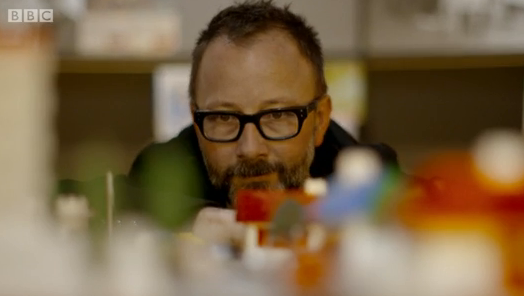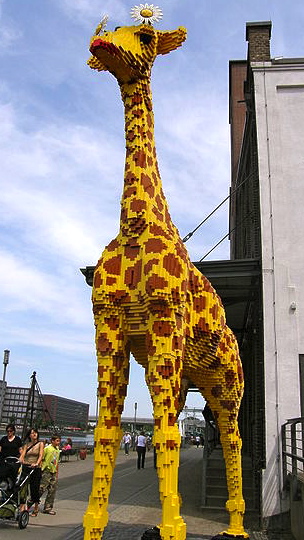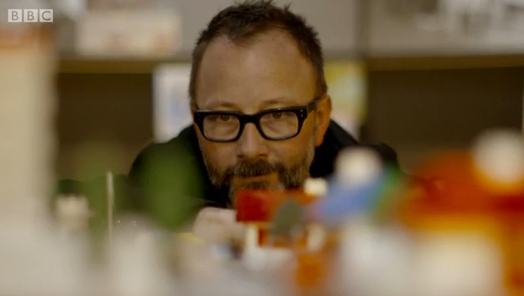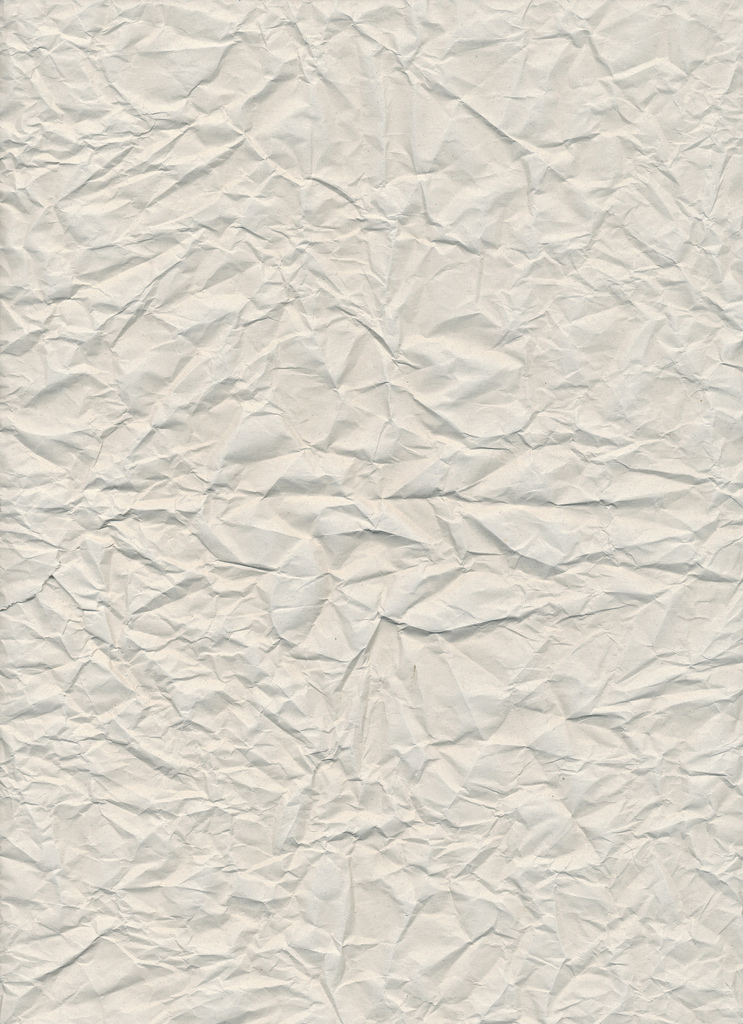Last night’s Culture Show on BBC2, Lego – The Building Block of Architecture, turned out to be the televisual equivalent of Doctor Who’s Tardis. From the outside (my onscreen programme guide), this promised to be a nostalgic half hour in the company of twinkly Tom Dyckhoff, exploring the enduring appeal of one of the world’s most popular toys. To my surprise, this programme stretched the boundaries of its all-too-brief running time with a magical mystery tour through post-modernism, Meccano and even Minecraft!
The story began in Denmark, a country usually viewed by envious foreigners as a Northern European utopia – though not if you happen to be a cute giraffe named Marius. In the 1930s, an enterprising carpenter from Billund called Ole Kirk Kristiansen decided to switch from building barns to making toys.
It was the era of the Great Depression, and the recently widowed Ole needed to keep his young family afloat. In 1934 his company was named Lego, which is a contraction of the Danish Leg Godt (play well). Things really took off in the 40s, when the firm started experimenting with a plastic injection-moulding machine, and the studded Lego binding brick was born.
Now Lego and its sub-brands – Lego Star Wars, Lego Ninjago, Lego Chima – are so ubiquitous that there are 86 pieces of Lego for every person on the planet. But the essence of Lego is that it’s supposed to be fun and an outlet for creativity, rather than just the three-dimensional equivalent of a jigsaw puzzle. As one of the contributors here said, it’s all about diving into a “big bucket of mess” and seeing what you can create from the myriad of red, yellow, blue, black and white bricks.
Lego had a major rival in Meccano, which originated in Britain in the 1890s. The nuts and bolts Meccano aesthetic gave rise to hi-tech architecture like the Lloyd’s building in London. The “simpler, safer” Lego is said to have inspired post-modernists to get creative with colourful combinations of “circles, cylinders, squares and triangles”, as in James Stirling’s No 1 Poultry. Now Lego fan and star architect Bjarke Ingels is building the company’s new HQ in Billund, in the playful and unmistakable style of its own product.
I’m not sure whether the look of any of these buildings will stand the test of time, but they are a welcome departure from modernism’s obsession with glass curtain walls and dispiriting slabs of grey concrete. These days, budding architects have moved from experimenting with little plastic bricks to the digital playground and unlimited possibilities of Minecraft.
“There are no limits to what you can do,” explained one of Minecraft’s young proselytes, who is just one of 42 million users worldwide. It’s even more collaborative than Lego, because your fellow enthusiasts don’t have to be in the same country, let alone the same room.
Tom (a Minecraft virgin) explained that it’s not just a tool for creating fantasy worlds; architects, town planners and citizens can interact and experiment with ways to improve our built environment. The UN has harnessed the crowdsourcing potential of Minecraft to work with young people in Kenya on urban regeneration projects.
Watching Tom plant some flaming torches under a dark bridge in a simulated version of his East London neighbourhood, I was reminded that the virtual world isn’t immune from fire hazards. Last summer my six-year nephew was reduced to tears after his Minecraft hotel with wooden fittings burned to the ground. Unfortunately he had built it in the path of an active volcano.






